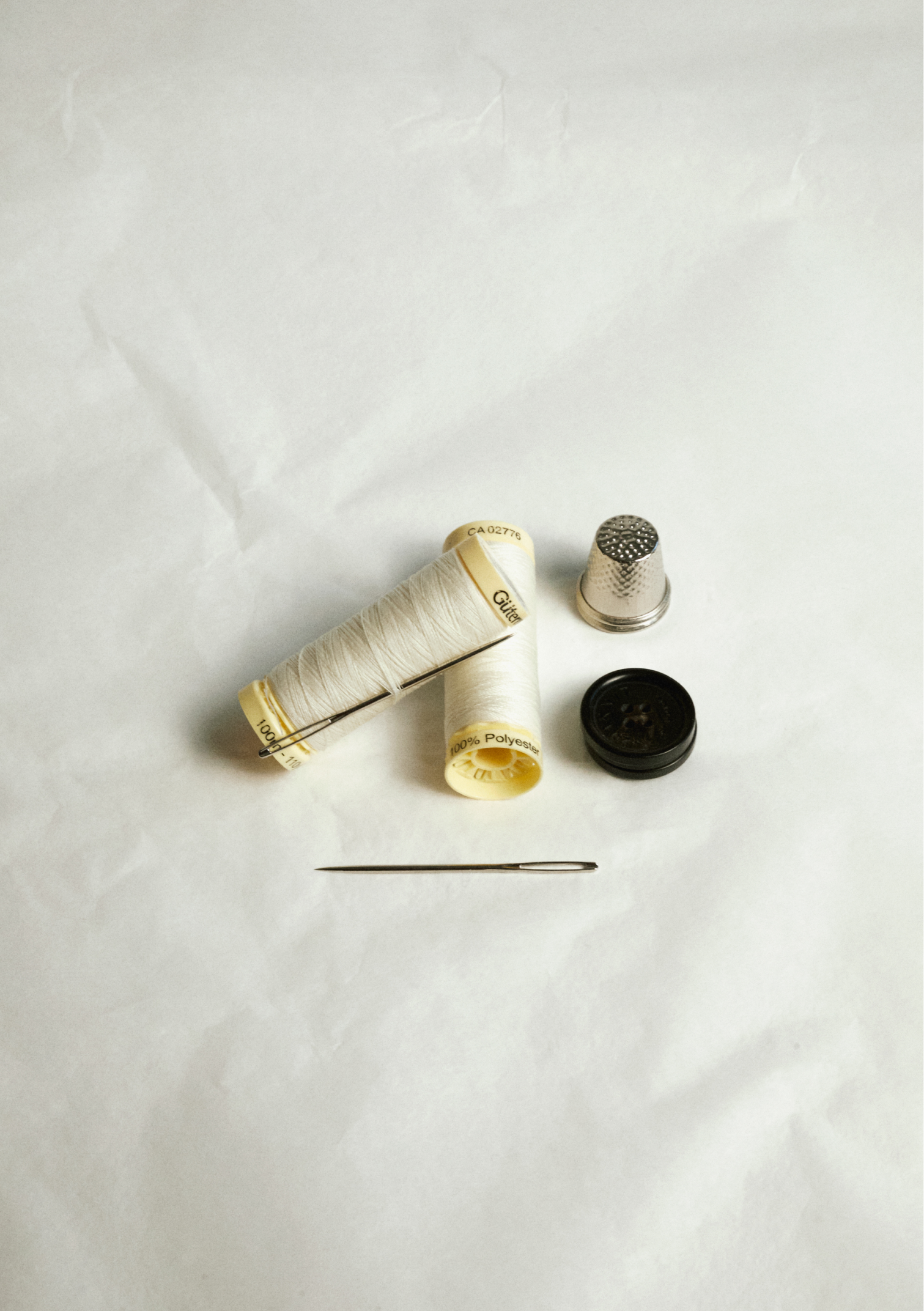
Why are we obsessed with natural fibers?
Natural fibers have some inner values that make them more convenient than synthetic ones, in the long run. But which are these characteristics? Are they always beneficial, or do they also have unwanted cons? And how do they make natural fibers better than synthetics?
Let’s start with some data. In the apparel industry, the fibers in use are mostly synthetic. To be more specific, around 63% of fibers are synthetic, while the other 37% is natural-based, which includes 6,42% of man-made cellulosic fibers and less than 1,5% of animal-based ones. [1]
What makes these percentages sound even more alarming are two key facts:
- Synthetic fibers only are responsible for 35% of the microplastics in the oceans, mainly due to the washing process done at home. [2]
- The "cost-per-wear" of an item made of natural fibers is lower than the one of a similar synthetic item.
Cost-per-wear is the methodology of breaking down the initial upfront cost of a garment by how many times you’re going to wear it. Even if synthetic fabrics last longer over time, they’re actually disposed of much faster than natural ones. This is due to aesthetic problems that are impossible to fix, or to their low cost, which makes it easier to follow even the most fleeting trend and to dispose of the garment as soon as that trend is no more fashionable. At a first glance, items made of natural fibers may cost more, but because of their properties, they’re worn much more times than synthetic one, thus resulting in a lower cost-per-wear.

Natural fibers are a good choice, both for the people and for the planet, as they are:
- Renewable: they come from resources that are inexhaustible and keep regenerating themselves over and over.
- Recyclable: they can be reprocessed when the garment has reached the end of its lifecycle and they can be used again for other items.
- Biodegradable: when decomposing, they release valuable nutrients back into the earth. Last but not least, they are naturally breathable: they can absorb large quantities of moisture vapor, leaving the body dry and comfortable.
Another important feature to consider is the decomposition time of the materials that a garment is made of. Synthetic fibers take centuries to break down, releasing toxic elements and lots of microplastics in the process. Natural fibers, instead, decompose in a couple of years, without polluting the environment. The fibers coming from vegetables are cellulose-based and, for this reason, they take less time to break down since cellulose easily dissolves in contact with water. Cotton, for example, takes around five weeks, while linen and hemp take as short as two weeks - That’s a saving. Fibers coming from animals, instead, are shorter and protein-based and they take more time to decay because proteins are more resistant to water than cellulose. Wool takes three to four months, while silk takes as long as one to four years. [3]

Natural fibers have some cons too, specifically in the use and sourcing phases. For example, vegetable fibers may lose color brightness as they get washed. Wool and cashmere require extra care to avoid pilling, a common problem also for synthetic garments that, unlike the others, can’t be fixed without further damaging the item. Talking about their sourcing phase, the intensive cashmere goats breeding may cause desertification, if there’s a lack of climate-informed planning or sustainable livestock management. Nevertheless, certifications help to prevent choosing these kinds of farms.
The only pros of synthetic fibers are the good isolation properties that can be useful in extreme weather conditions, thus making them a good choice for sportswear. But considering everyday garments, they can’t be a real alternative to natural fibers. Synthetics are not breathable and they don’t have a role in body thermoregulation. Also, they get damaged by the extreme temperatures of irons and hot water and release toxic elements that can have negative effects on our health and on the planet.
One last example: your granny’s old wool sweater. It’s quite common to have such a garment in our wardrobe because we inherited it, or because we bought it at a vintage market. But what’s important is that most of the time, it’s still wearable and in optimal conditions, while it’s quite rare to have an equivalent for an acrylic sweater.
Sources:
[1] Preferred Fiber & Materials – Market Report 2020, Textile Exchange.
[2] Distribution of ocean microplastics sources worldwide as of 2018, statista.com
[3] Biodegradation of Textile Materials – Master thesis in Textile Technology, Swedish School of Textiles, 2011










Leave a comment
This site is protected by hCaptcha and the hCaptcha Privacy Policy and Terms of Service apply.